Global high-mix volume high-speed PCBA manufacturer
9:00 -18:00, Mon. - Fri. (GMT+8)
9:00 -12:00, Sat. (GMT+8)
(Except Chinese public holidays)
Global high-mix volume high-speed PCBA manufacturer
9:00 -18:00, Mon. - Fri. (GMT+8)
9:00 -12:00, Sat. (GMT+8)
(Except Chinese public holidays)
HomePage > Blog > Knowledge Base > PCB Screen Printing vs PCB Inkjet Printing – Advantages & Disadvantages
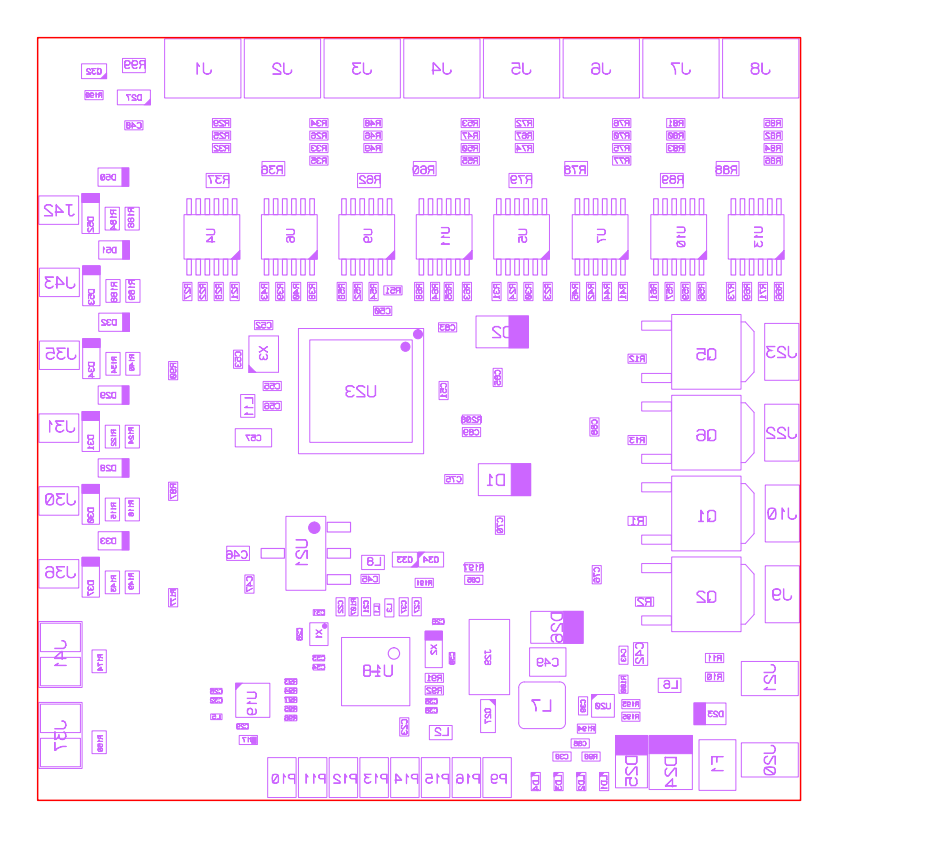
Silkscreen is a layer of ink traces used to identify PCB components, marks, logos, symbols, etc. PCB screen printing helps manufacturers and engineers to identify different parts quickly.
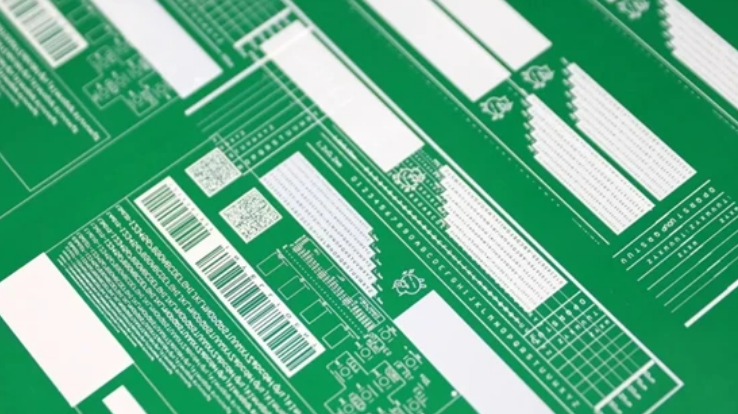
Compared with traditional pcb screen printing, the most significant advantage of pcb inkjet printing lies in its flexibility. pcb inkjet printing does not need to make a plate, there is no limit to the print volume, and all the pre-press processes of pcb screen printing are omitted.
We only need to input the file as usual and use a computer to print the pcb silkscreen. Therefore, on-demand printing can greatly adapt to market changes and reduce waste in the pcb printing industry. With variable printing, pcb printing companies can print a small number of products on the market.
If the market is good, the output can be increased immediately. Print again according to the customer's needs, reducing a lot of waste. At present, in some countries with relatively small populations in Europe and America, pcb inkjet printing has become more popular.
In general, the environmental benefits of pcb inkjet printing are huge. Finally, and most importantly, pcb inkjet printing reduces the manufacturing time of pcb silkscreen; this is an essential capability in today's rapidly developing electronic business.
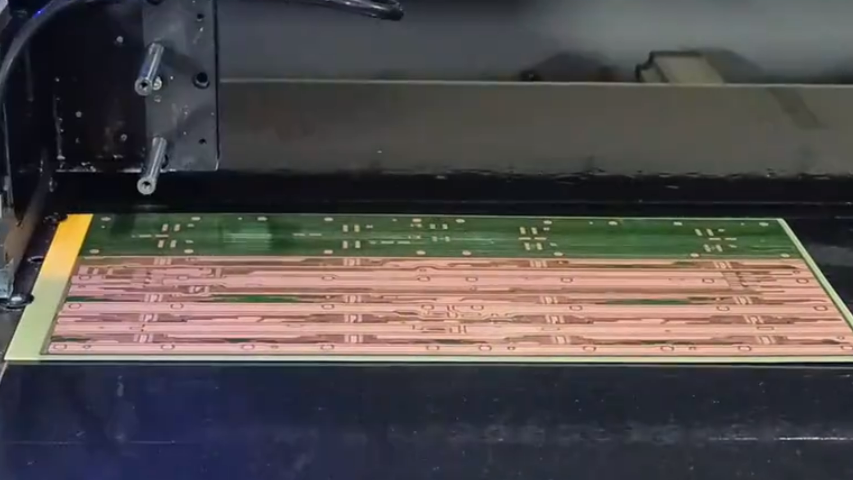
As always, in the challenging manufacturing industry, "cost is king". Based on the operational data of the PCB manufacturer, we can directly explore the actual costs associated with the production of pcb silkscreen.
With the development of the times and people's attention to low-carbon environmental protection, the concept of green environmental protection has received more and more attention from the pcb printing process industry.
Compared with similar devices of traditional pcb screen printing, pcb inkjet printing technology has unparalleled advantages in environmental protection.
First of all, from the point of view of printing consumables; most of the inks for pcb screen printing contain substances that are not friendly to the environment. The books and newspapers we read every day have some flavors, which are often produced when organic solvents evaporate.
At the same time, in addition to ink, pcb screen printing also needs to use plates. PCB screen printing uses many other consumables in the process of plate making and plate material use and produces a large amount of waste liquid and waste residue.
pcb inkjet printing takes place in the pcb printing industry chain under its advanced technology, a massive potential for environmental protection, and broad market prospects.
However, the currently widely used pcb inkjet printing equipment is far inferior to traditional pcb screen printing in production capacity. At the same time, there is a certain gap between the quality of pcb inkjet printing and the effect of traditional pcb screen printing.
It is more typical than in the pcb printing process. PCB inkjet printing will have the phenomenon of poor quality of characters dropping ink.

Assembly Enquiry
Instant Quote
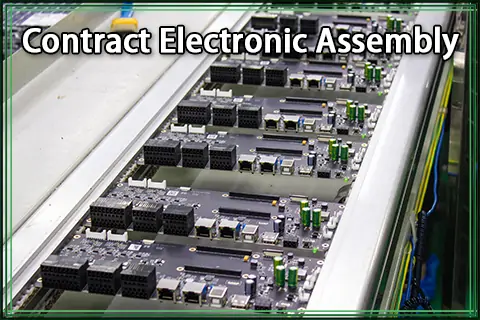
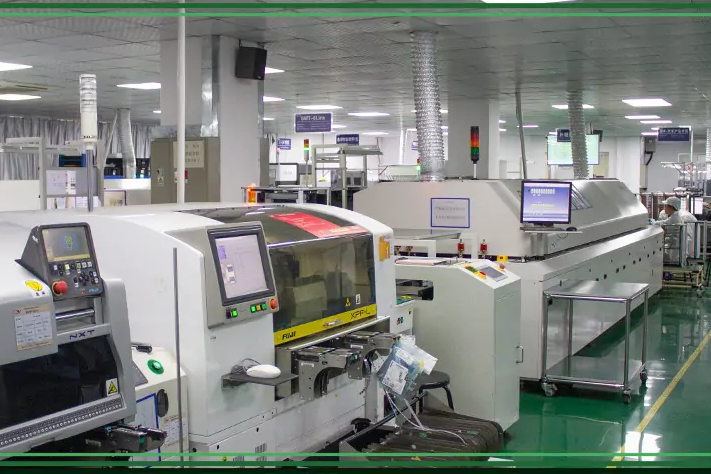
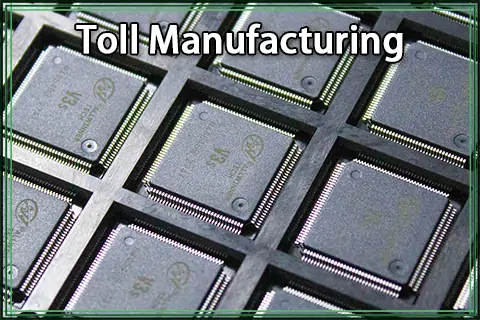
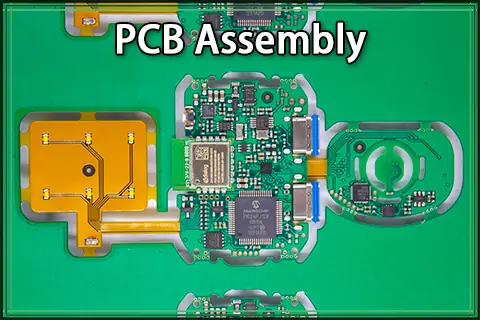
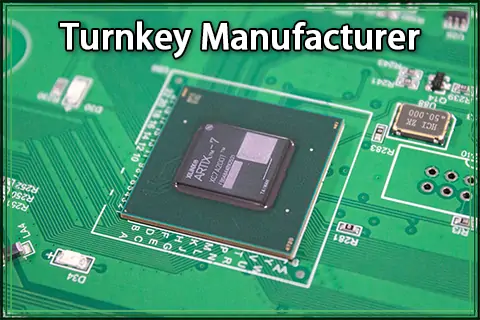
Phone contact

+86-755-27218592
In addition, we've prepared a Help Center. We recommend checking it before reaching out, as your question and its answer may already be clearly explained there.
Wechat Support

In addition, we've prepared a Help Center. We recommend checking it before reaching out, as your question and its answer may already be clearly explained there.
WhatsApp Support

In addition, we've prepared a Help Center. We recommend checking it before reaching out, as your question and its answer may already be clearly explained there.
